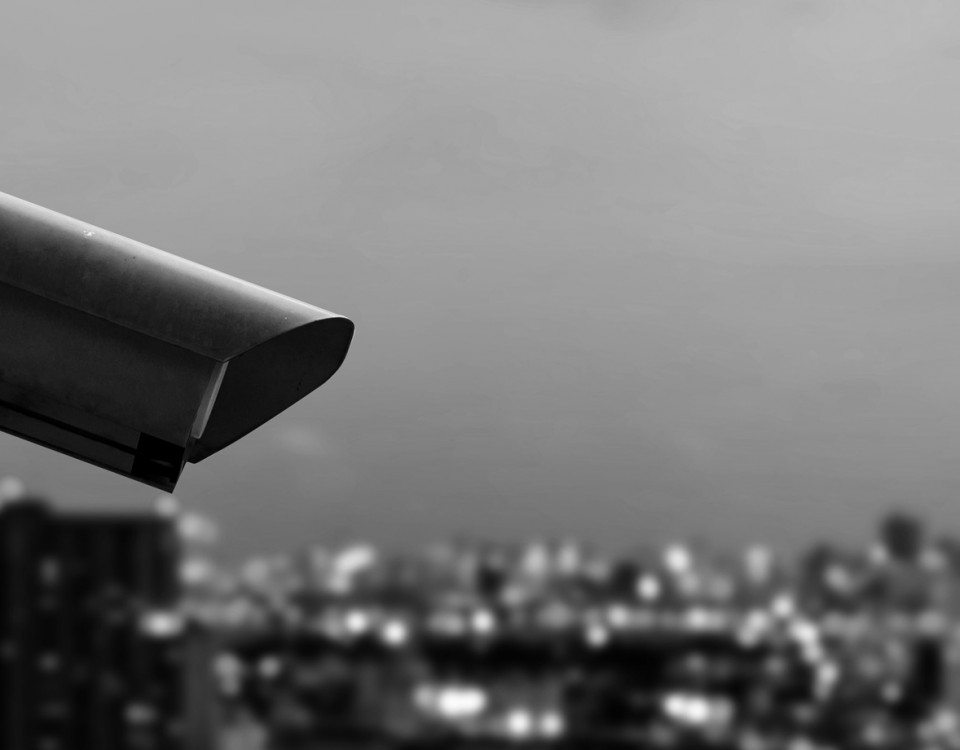 Without doubt costs are very important consideration, but if the systems are operated correctly, this can be controlled.
Without doubt costs are very important consideration, but if the systems are operated correctly, this can be controlled.
There are many contracts, but they all have a ‘maximum’ number of MB or GB (1000MB) of monthly usage, before the network operator may apply an ‘overuse’ or ‘additional’ GB charge.
For example, a typical, fixed I.P. data SIM could be £60 pcm for a 10GB usage – with a £14 per additional GB usage. So this has to be managed carefully.
Some operators claim an ‘unlimited’ usage – check carefully, that this is not a ‘pooled’ service across simultaneous contracts, allowing one heavy usage at the expense of the others. As always, read the small print!
Blog Post 3: 3G CCTV Usage
Traditionally the Rapid Deployable systems where fitted, setup to point in a direction, or scan an area – by a local (typically 100m) Wi-Fi link from a control box, or laptop.
Evidential data would be searched locally via Wi-Fi, and subsequent evidence downloaded by local Wi-Fi. This consumes a huge amount of manpower resource – take an example of reviewing a few days worth of video to download 2-3 minutes of evidence.
Now with the advent of better compression systems it is possible to perform this all remotely (anywhere on the planet, via a fixed I.P. address portal to the internet) via 3G.
Viewing the video ad-hoc – or during a surveillance operation is quite practical, by streaming a practical (i.e., lower bandwidth – faster video). This is cost effective, and many hours of streaming can be achieved with a monthly budget.
However, the issue is still present if the remotely save evidence has to be searched of many days to find an event of only a few minutes. To search through high quality evidence takes considerably longer over 3G, and the budget would soon be consumed.
Often the only recourse is again to visit the device, make a local secure Wi-Fi connection and search and download.
If a dual-stream system is employed – then the lower (but acceptable for viewing) quality can be stored within the office or headquarters, continuously 24/7 to a secured server.
Then when a search is required, it is instantly available within seconds by reviewing the stored server video. Then the exact start and end times of the evidence can be queued for high-quality download from the remote Rapid Deployable storage via 3G.
This simple server ‘index’ method:
1) Saves manpower, no need to visit the site to review and download.
2) Saves 3G data and contract costs by only downloading the critical evidence.
3) Creates a secondary copy of evidence – in the event the remote device is destroyed or stolen.
In the event of a large amount of data being required, i.e., several hours, then this index can again be used to ascertain which hours to download, and then deploy manpower only to download, not search, via secure Wi-Fi.
In the extreme event that all of the data is required – i.e., post terrorist activity, murder enquiry and similar, it is important that the Rapid Deployable device offers a method of quickly removing all of the evidence, i.e., a removable drive caddy system.
Further options:
Given the likelihood that we are going to have less officers ‘on-the-street’ it is important to make the Rapid Deployable as effective as possible, such as having, over the 3G link:
1) Audio channel, power amplified. Successful in warning off potential events
2) Reverse audio channel, triggered by a base mounted ‘help’ point alarm.
The alarm will come through to the monitoring station, as well as automatically pointing the dome downwards to see the person requesting help – all recorded both remotely on the RD, and centrally in the secure server.
RD Protection:
Height is the primary protection, with anti-climb spikes an option. Poles may have a second rotating skin, to prevent the pole from being sawn down. (Battery operated angle-grinders are readily available.)
The RD casing and dome ‘bubble’ should at least withstand impact from thrown bricks, and one or two direct hits with shotguns.
As an option, it is useful to have a battery-backup option for at least 1 hour, in the system – with silent alarms to the monitoring station to alert that mains has failed – and it has been restored. (It may be a legitimate power cut.)
A vibration / tilt switch alarmed into the RD as well will alert that the post is possibly being pulled down / struck / including shock from bricks etc.

